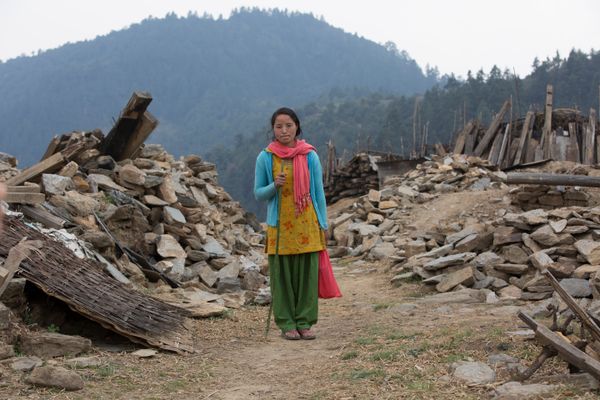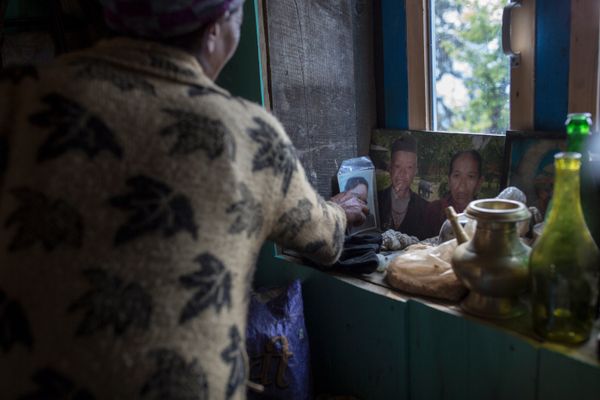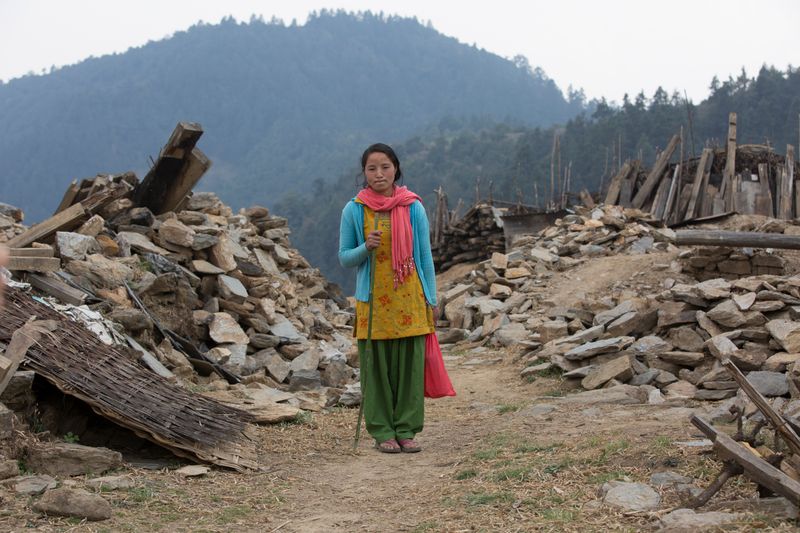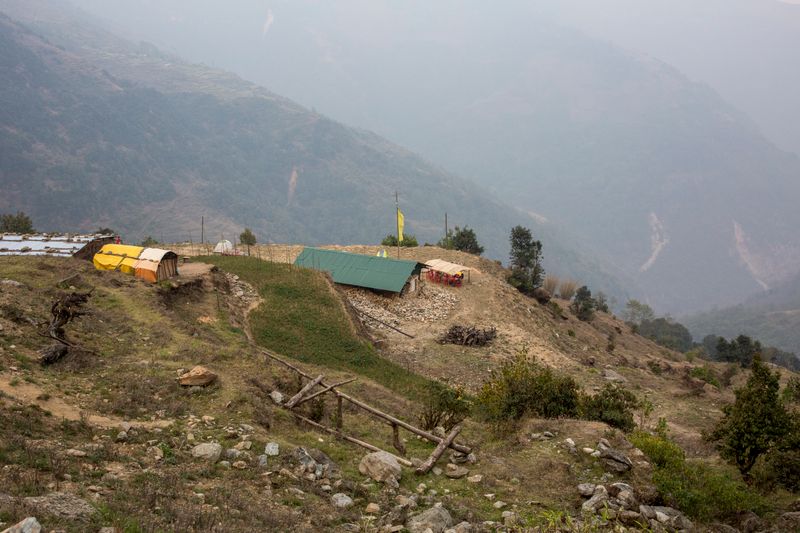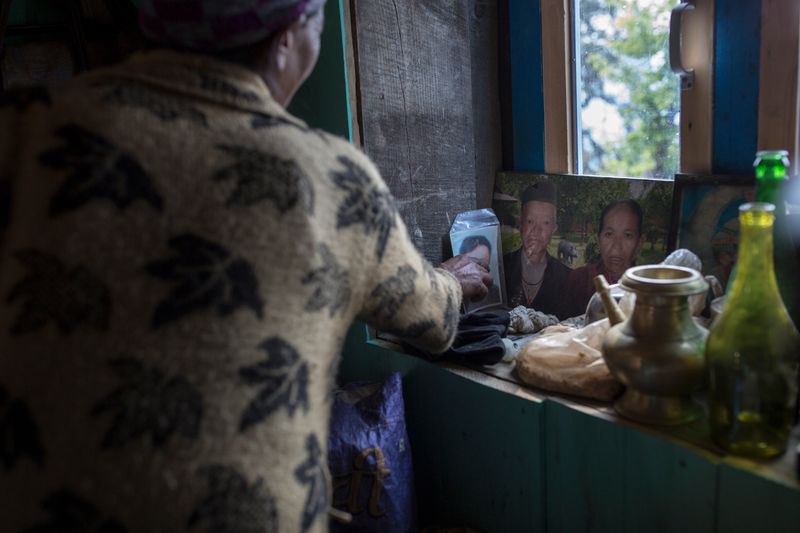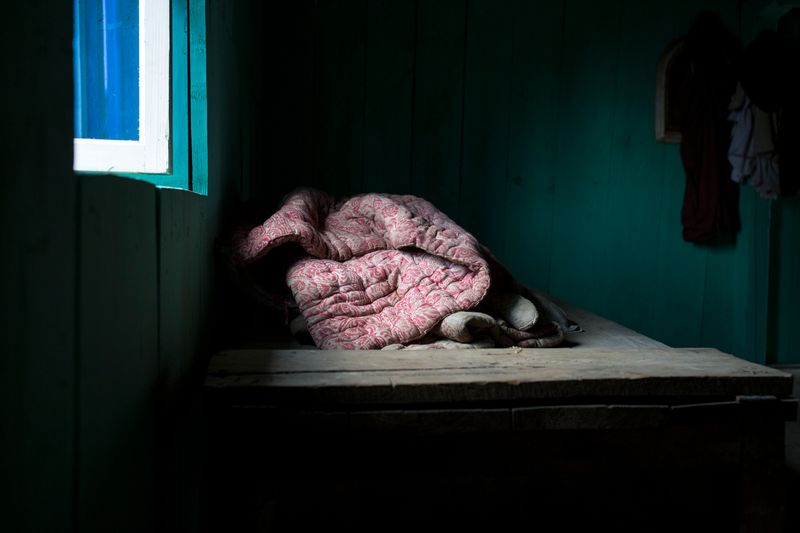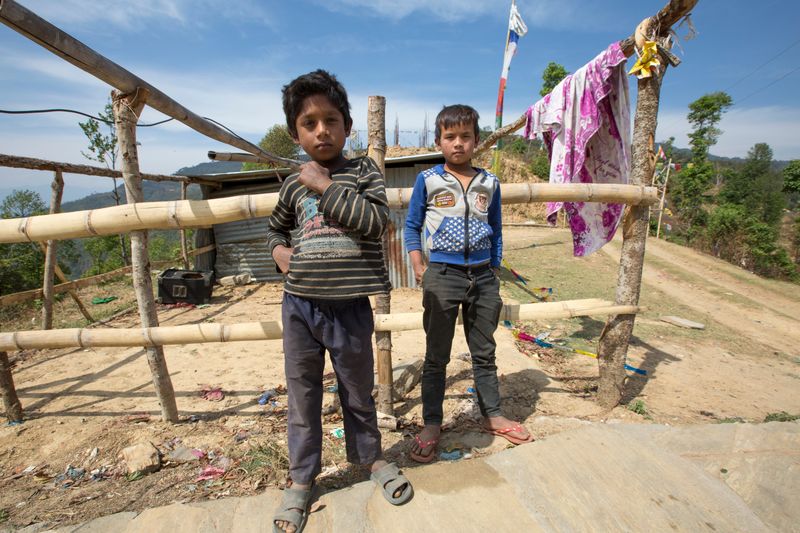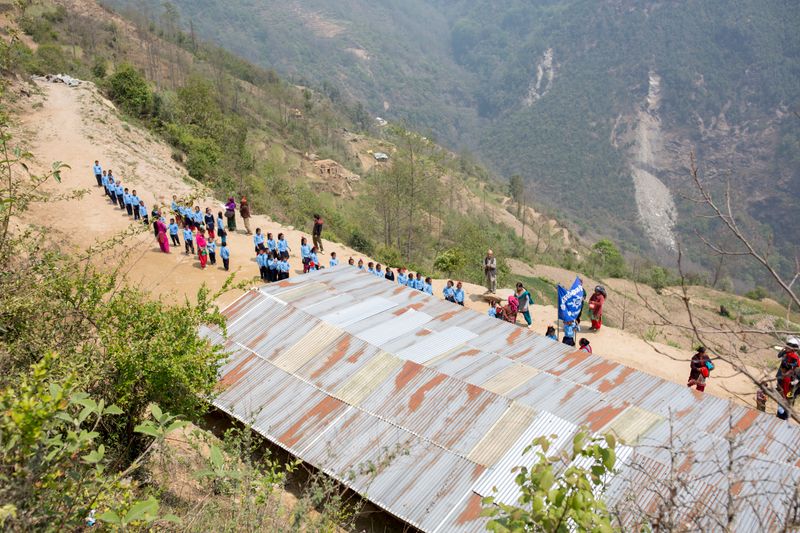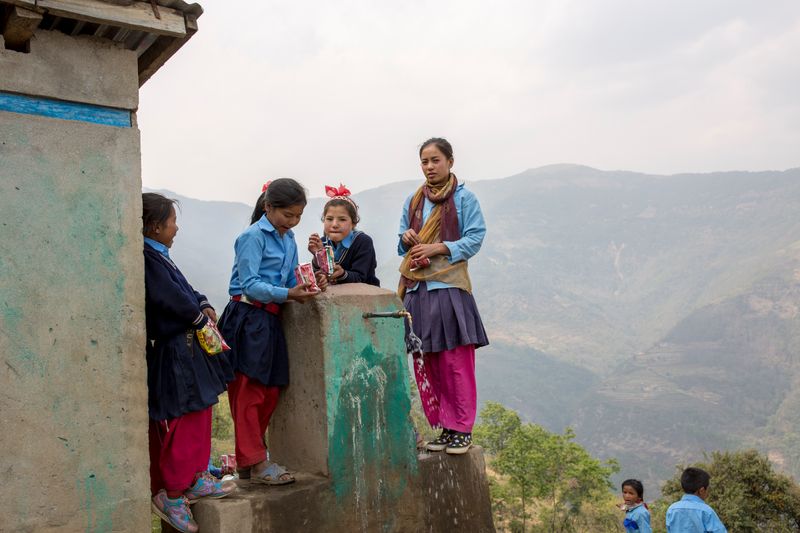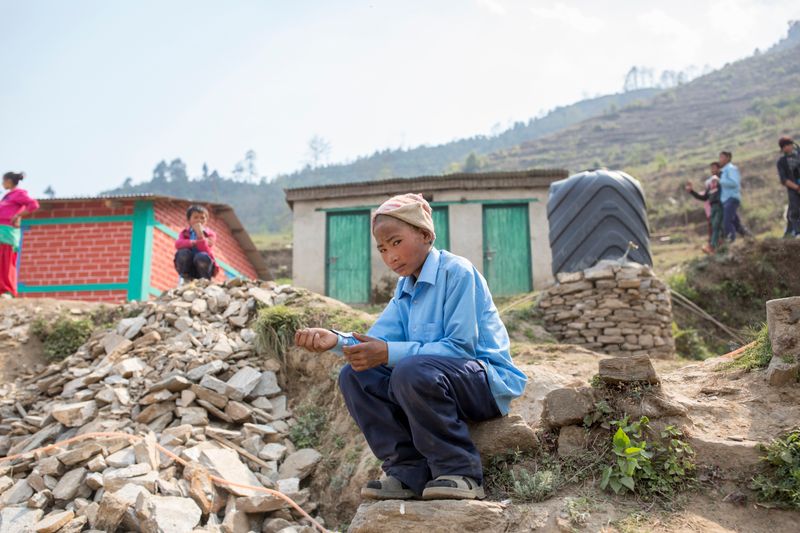Black Spots
-
Dates2016 - 2016
-
Author
- Topics Contemporary Issues, Documentary, Daily Life
- Location Nepal, Nepal
A year on from Nepal's devastating earthquake, some of the hardest hit districts and poorest subsections of the population have become 'black spots' in aid. Due to remoteness and difficulty of access, it has been left to locals and small NGOs to literally pick up the pieces of their broken lives.
On April 25th 2015, at 11.56am (N.S.T) a devastating 7.8M earthquake struck Nepal. The initial quake was followed by a series of over 400 tremors, ranging in intensity and culminating in a second huge 7.3m quake on the . Entire villages were flattened, nearly 9000 people were killed, 100s of thousands were made homeless overnight and a million people were pushed under the poverty line.
The world rallied around the tiny landlocked nation and billions of dollars in aid were pledged. However a year on, almost none of the $4 billion has been disbursed; stalled by a fractious, inert government caught up in a bureaucratic thicket of political haggling and diplomatic rows.
In addition to this, some of the hardest hit districts and poorest subsections of the population have become 'black spots' in aid. This means that, often due to remoteness and difficulty of access, almost no governmental or large international aid agencies have reached the villages that need help most. It has instead been left to small NGOs and local people to quite literally pick up the pieces of their broken lives.
This sense of helplessness has led to stresses which have compounded the effects of the initial damage caused by the quake; setting off a ripple effect and causing multiple other interlinked humanitarian disasters. Such as the trafficking of women and children, mental health issues leading to suicides and family breakdowns and a huge increase in the number of street children.
Nepal doesn't lack international support or a motivated and resilient population however the governments almost criminal negligence with regards to disbursement of aid is compounding what was already a humanitarian disaster and risks tipping Nepal beyond the point of recovery.
